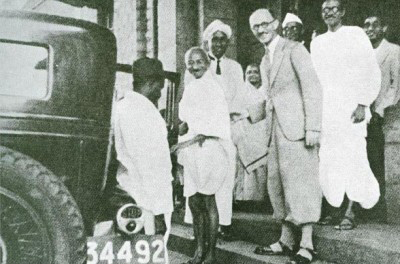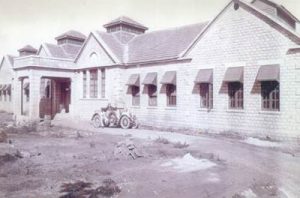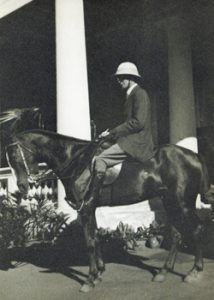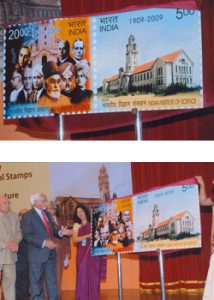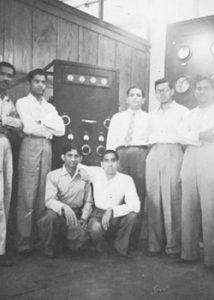History
The brain child of Jamsetji Nusserwanji Tata, a successful businessman and philanthropist, the Indian Institute of Science (IISc) was conceived in the late 1800s. To this end, Tata set up a provisional committee under the leadership of Burjorji Padshah, an educationist, to come up with a blueprint for the proposed university. The committee drafted a plan which went through several iterations before it was finalised. Tata also endowed a substantial part of his personal wealth for this ambitious project.
Unfortunately, Tata died in 1904, well before the Institute came into existence. It was eventually established, through a vesting order passed on 27 May 1909 by the Indian Government, in the southern city of Bengaluru on 371 acres of land donated by the Mysore Durbar.
The Institute which started with just two departments – General and Applied Chemistry and Electrical Technology – today has over 40 departments spread across six divisions: Biological Sciences, Chemical Sciences, Electrical Sciences, Interdisciplinary Research, Mechanical Sciences, and Physical and Mathematical Sciences. It also has a new campus at Challekere in Chitradurga district in Karnataka.
GLIMPSES FROM THE PAST
(click on the links below to learn more)
Origin
Directors
The Main Building and the First Director
Laying of the Foundation Stone
Memorial to the Founder
IISc’s Contribution to Early Industrialisation
CV Raman and Physics at IISc
Gandhi at IISc
Koenigsberger’s Architectural Legacy
IISc and World War II
Three Mile Stones : Golden Jubilee, Platinum Jubilee and Centenary Year
IISc’s Growth Since Centenary Year
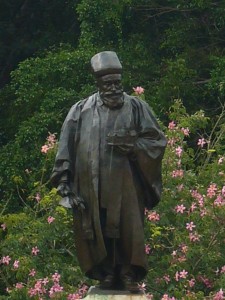
Statue of JN Tata with a model of the Main Building of IISc in his hand. Tata died in 1904 before the Institute came into existence (Courtesy: APC)
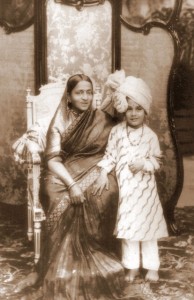
A young Maharaja with his mother, the Regent Queen of Mysore State. (Courtesy: APC)
The Indian Institute of Science was founded in 1909 as a result of the joint efforts of Jamsetji Nussarwanji Tata, the Government of India and the Maharaja of Mysore.
Tata conceived of a university of science in 1896 that would work for the benefit of India, and in 1898, created an endowment for establishing such an institution.
The Government of India decided to locate the Institute in Bengaluru, where the Maharaja of Mysore, Krishnaraja Wodeyar IV, donated over 370 acres of land for this initiative.
The Institute was formally vested in 1909, the foundation stone was laid in 1911, and the first batch of students started their studies the same year
Directors of IISc
| Photos | Name | Duration | |
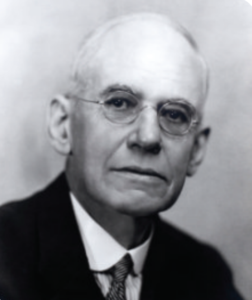 | M W Travers | Nov 1906 – June 1914 | Morris Travers was IISc’s first Director in 1909. In addition to setting up the departments of chemistry and electro-technology, the main building was also commissioned during his time as Director. |
 | Alfred Bourne | Oct 1915 – Mar 1921 | Sir Alfred G Bourne, a distinguished biologist, succeeded Travers in 1914.This was a challenging period for the fledgling Institute, compounded by the outbreak of World War I. He emphasised the value of research in basic sciences and is remembered as a researcher and teacher |
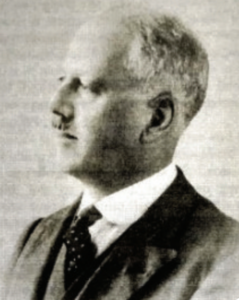 | Martin Onslow Forster | Nov 1922 – Mar 1933 | Sir MO Forster took over the reins in 1922. During his directorship that spanned about a decade, several changes in terms of new courses and research programmes were initiated. He also ensured adequate funds for campus amenities for sports and physical fitness. After his retirement in 1933,he accepted an invitation fromthe Maharaja and settled down in the city of Mysore where he stayed until his death in 1945. |
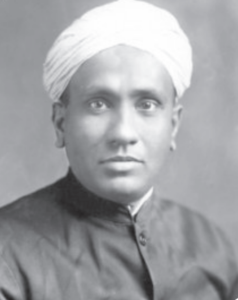 | C V Raman | April 1933 – July 1937 | Sir CV Raman was already a celebrated physicist and Nobel laureate when he became the first Indian Director of IISc in 1934. During his tenure, the Department of Physics blossomed into a leading department for teaching and research. |
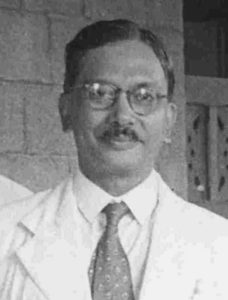 | Jnan Chandra Ghosh | Aug 1939 – Dec 1948 | Sir JC Ghosh was a pioneer in the growth of scientific research and technical education in India. He was the Director of IISc for nearly a decade (1939-1948), during which the Institute expanded its focus on engineering – the departments of aeronautics, power and high voltage, metallurgy and others came into existence during his tenure. |
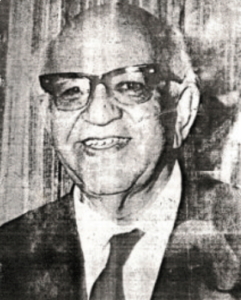 | M S Thacker | Sept 1949 – Aug 1955 | MS Thacker was the first IISc Director from an engineering field. He actively promoted engineering research in the Institute and later went on to hold other important positions in science and technology organisations – he became the Director-General of the Council of Scientific and Industrial Research in 1955. |
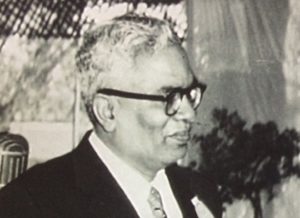 | S Bhagavantam | Mar 1957 – Dec 1962 | S Bhagavantam took over in1957. A distinguished physicist, he had started his research career as a member of CV Raman’s group in 1928.He was later appointed Scientific Advisor to the Minister of Defence in 1962,and played a crucial role in enhancing India’s military capabilities. |
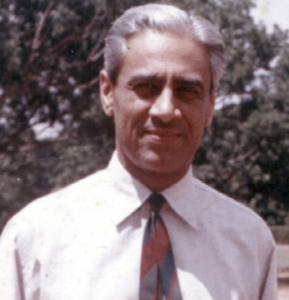 | S Dhawan | Jan 1963 – July 1981 | Satish Dhawan, a renowned aerospace scientist, became Director in 1962 and remained so for nearly two decades. For much of that period, he also served simultaneously as Director of the Indian Space Research Organization (ISRO),and apart from his immense contributions to the national space programme, he expanded IISc significantly in new directions, setting up new departments and centres of study such as the Centre for Theoretical Sciences and the Cell for Application of Science and Technology to Rural Areas. |
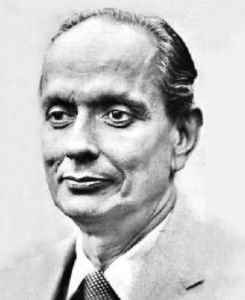 | S Ramaseshan | Aug 1981 – July 1984 | S Ramaseshan served as Joint Director from 1979, and Director from 1981-1984. Known for his work on crystallography and materials science, he is also remembered for his fostering of institutions and efforts to promote scientific journals. |
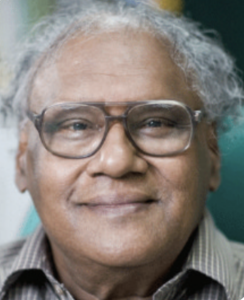 | C N R Rao | Aug 1984 – July 1994 | CNR Rao, a renowned chemist took over as the Director in1984 and guided the institute over the next 10 years. He was conferred the Bharat Ratna in2013 for his lasting contributions to science. He currently serves as the Head of the Scientific Advisory Council to the Prime Minister of India. |
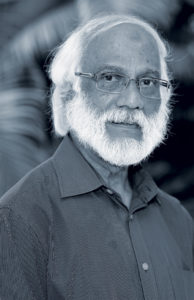 | G Padmanaban | Aug 1994 – July 1998 | G Padmanabhan took charge in 1994. His primary research fields are biochemistry and biotechnology and he remains associated with the Institute as an Honorary Professor in the Department of Biochemistry. He is a recipient of both the Padma Bhushan and the Padma Shri. |
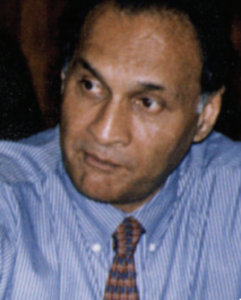 | Goverdhan Mehta | Aug 1998 – June 2005 | Goverdhan Mehta, who was formerly Vice Chancellor of the University of Hyderabad, was Director of the Institute from 1998-2005. An internationally acclaimed researcher in organic chemistry, he was also actively involved in science policy and education. |
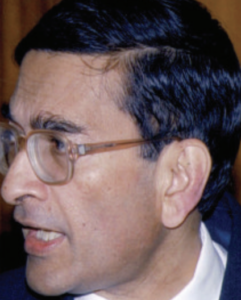 | P Balaram | July 2005 – July 2014 | P Balaram, a noted biochemist, became Director in 2005 and was in the position for nearly a decade. A number of interdisciplinary centres such as the Centre for Nano Science Engineering were established during his tenure |
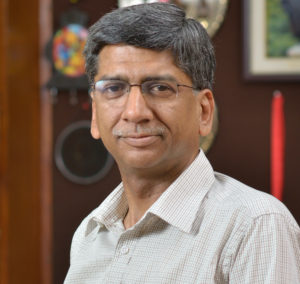 | Anurag Kumar | Aug 2014 - July 2020 | Anurag Kumar, who joined the IISc’s Department of Electrical Communication Engineering as a faculty member in 1988. He was the Director of IISc from 2014 - 2020. |
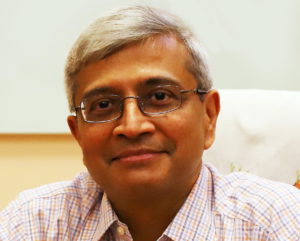 | Govindan Rangarajan | Since August 2020 | He has been a faculty member of the Department of Mathematics, Indian Institute of Science (IISc)since 1992. He is currently the Director of IISc. |
Joint/Associate/Deputy Directors
| S Ramaseshan | Joint Director 1979–81 |
| G Padmanaban | Deputy Director 1993–94 |
A Sridharan
| Deputy Director 1994–97 |
| M Vijayan | Associate Director 2000–04 |
N Balakrishnan
| Associate Director 2005–14 |
| Jayanth M Modak | Deputy Director Aug 2015 - July 2020 |
| S Ramakrishnan | Deputy Director Aug 2015 - July 2018 |
| Rudra Pratap | Deputy Director Aug 2018 - July 2020 |
Officiating/In-charge/Acting Directors
| Alfred Hay | Officiating Director June 1914–Oct 1915, Mar 1921–Nov 1922 |
| B Venkateshachar | Director-In-Charge July 1937–July 1939 |
E V Ganapathi Iyer
| Acting Director Nov 1947–Sep 1949 |
K Sreenivasan
| Acting Director Aug 1955–Mar 1957 |
| D K Banerjee | Acting Director April 1971–Mar 1972 |




